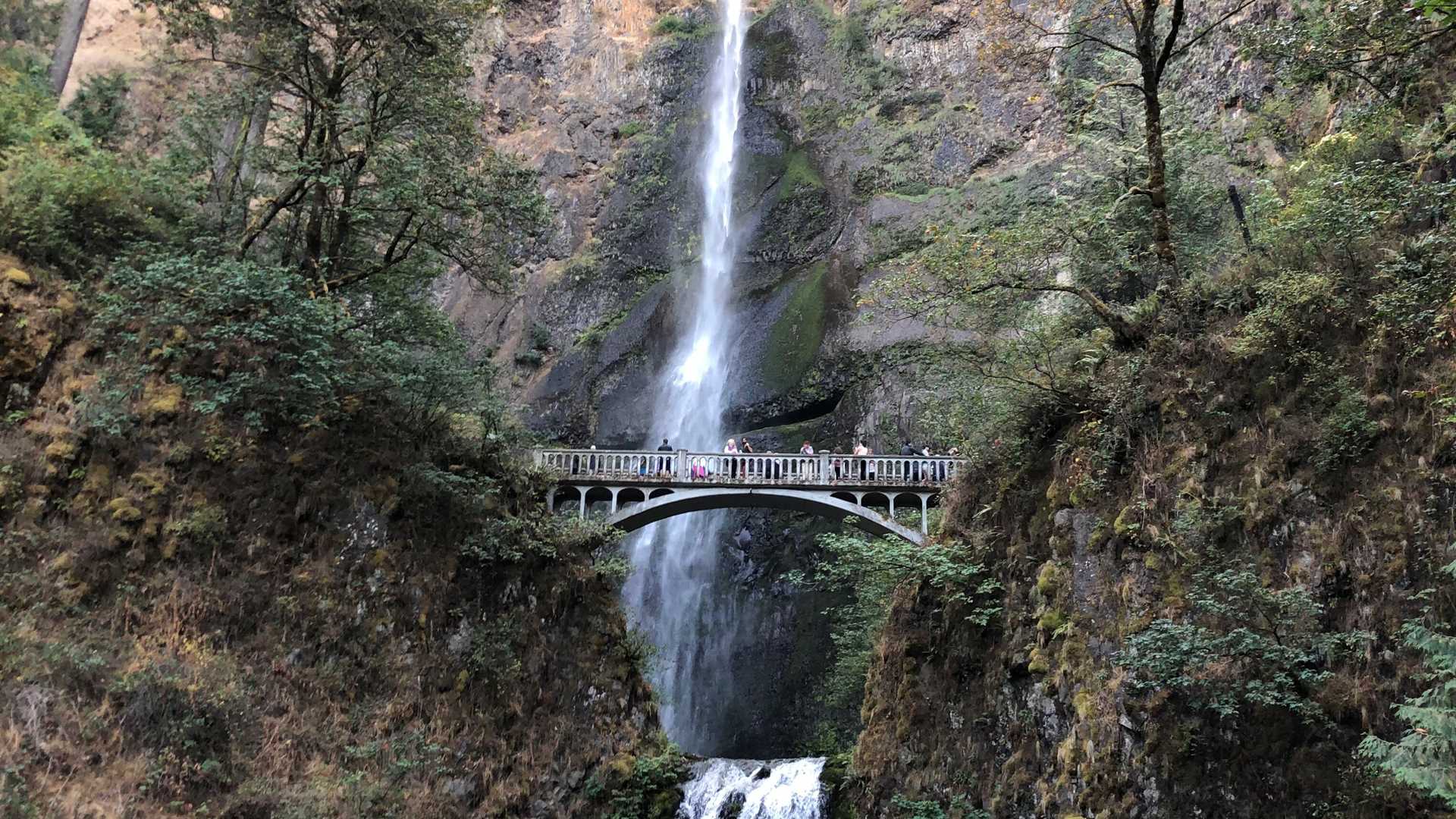We are well into our trip aboard National Geographic Sea Bird on the Columbia River, and we pondered the question, “Which term better represents the earth…. static or dynamic?” The weight of our observations and the widening of our perspective allows us to see the earth’s dynamic nature and the various types of change, including:
- Changes in water flow, floods of the Ice Age to a harnessed river today
- Changes in landscape, eastern scablands to western deltas
- Changes in seasons, fading remnants of summer transitioning into fall
- Changes in daylight, shortening of daylight hours
- Changes in leaf color, striking reds of poison oak
- Changes in climate, arid interior to coastal temperate rainforest
- Changes in habitat, sage to fir and spruce
- Changes in understanding, the thought behind the Confluence Project by Maya Lin
- Changes in culture, recognition of the resilience of Indigenous traditions
- Changes in glaciers, alpine glacial retreat on Mt. Hood
- Changes in tectonic activity, subduction of the Farallon and Juan de Fuca Plates
- Changes in genetics, wild salmon and hatchery raised
- Changes in approach, focus on habitat and flow rates with regards to salmon conservation
- Changes in recognition of what’s important in one’s life







